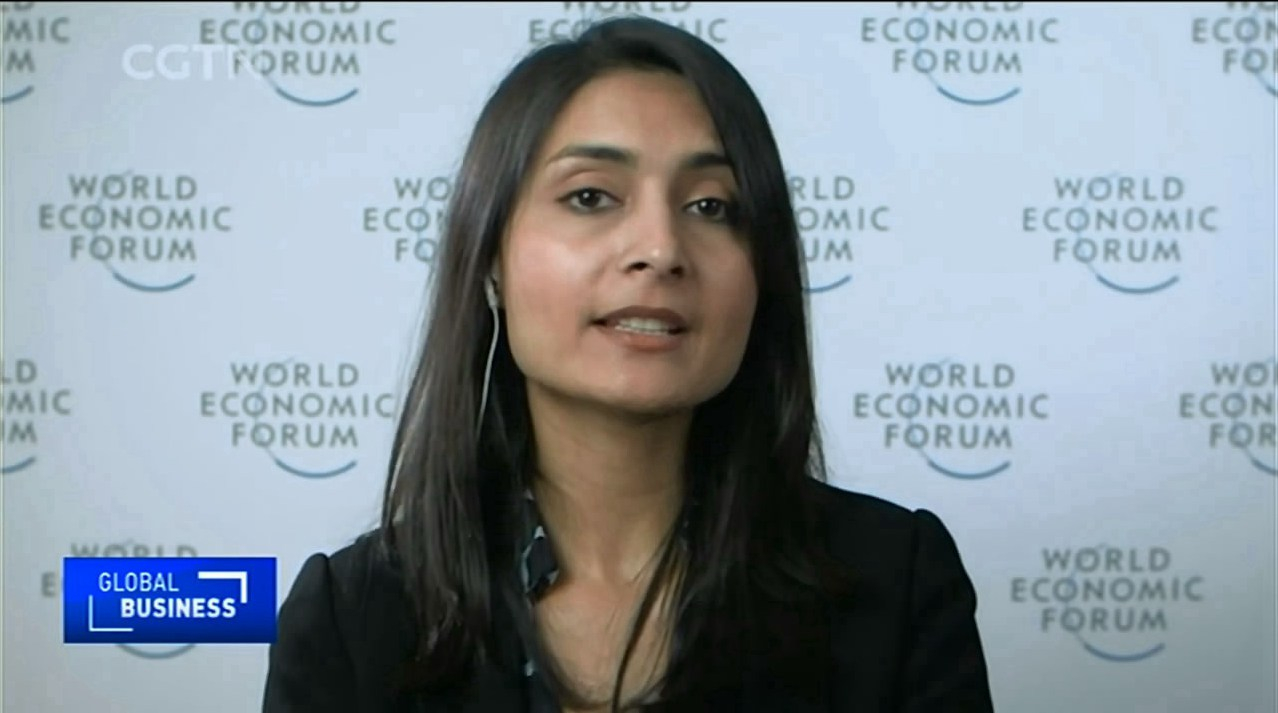
Business
19:03, 19-Dec-2018
Why is progress on closing the gender gap slow?
Updated
19:03, 22-Dec-2018
By CGTN’s Global Business
01:35

The progress on narrowing the gender gap advanced at a marginal pace in 2018, according to the latest Global Gender Gap Report 2018 released by the World Economic Forum (WEF).
Saadia Zahidi, the managing director and head of Social and Economic Agendas at WEF attributed that slowness to the burden of childcare, eldercare, development of automation as well as an obvious bias of employment in emerging tech and high-profile areas.
The 2018 report covers four sub-indexes, including Economic Participation and Opportunity, Educational Attainment, Health and Survival, and Political Empowerment. It shows that a 32 percent average gender gap still remains.
"We have been producing this report for 13 years. And in the last couple of years, we started to see this tapering-off of progress that hasn't been happening before," said Zahidi.

Saadia Zahidi, the managing director and head of Social and Economic Agendas at World Economic Forum. / CGTN Photo
Saadia Zahidi, the managing director and head of Social and Economic Agendas at World Economic Forum. / CGTN Photo
"The reasons behind that are three big things," Zahidi claimed, explaining that "First, for most economies, we actually haven't found the way for parents to be able to combine work and family. And most of the burdens of unpaid care work, whether childcare or eldercare, tends to fall upon women."
According to Zahidi, the development of automation has had an impact on roles traditionally performed by women.
"A lot of roles – that provide good middle-class livelihoods to women and tend to employee primarily women – have been affected by automation," she noted.
Meanwhile, she emphasized that "despite women's progress in universities," they are under-represented in growing areas of employment that require STEM (science, technology, engineering, and mathematics) skills and knowledge.
That opinion is evidenced by the report, which suggested that a glaring gender gap that is developing among AI professionals, where women represent only 22 percent of the AI workforce. This gap is three times larger than that in other industry talent pools.
Moreover, the report noted that Iceland has topped the index for the tenth consecutive year as the country has closed over 85.5 percent of its overall gender gap.
China has seen marginal improvements in the share of women lawmakers. It has also fully closed its gender gaps in professional and technical roles and women's participation in higher education.
The report concluded that such progress points to a positive scenario for the integration of women in China's white-collar workforce. However, it also advised that the country should work harder with regard to sex ratio at birth.

SITEMAP
Copyright © 2018 CGTN. Beijing ICP prepared NO.16065310-3
Copyright © 2018 CGTN. Beijing ICP prepared NO.16065310-3